A 2023 study claims cycling can cause significant bone density loss in as little as a year. Is there more to the story?
A 2023 study claims cycling can cause significant bone density loss in as little as a year. Is there more to the story?
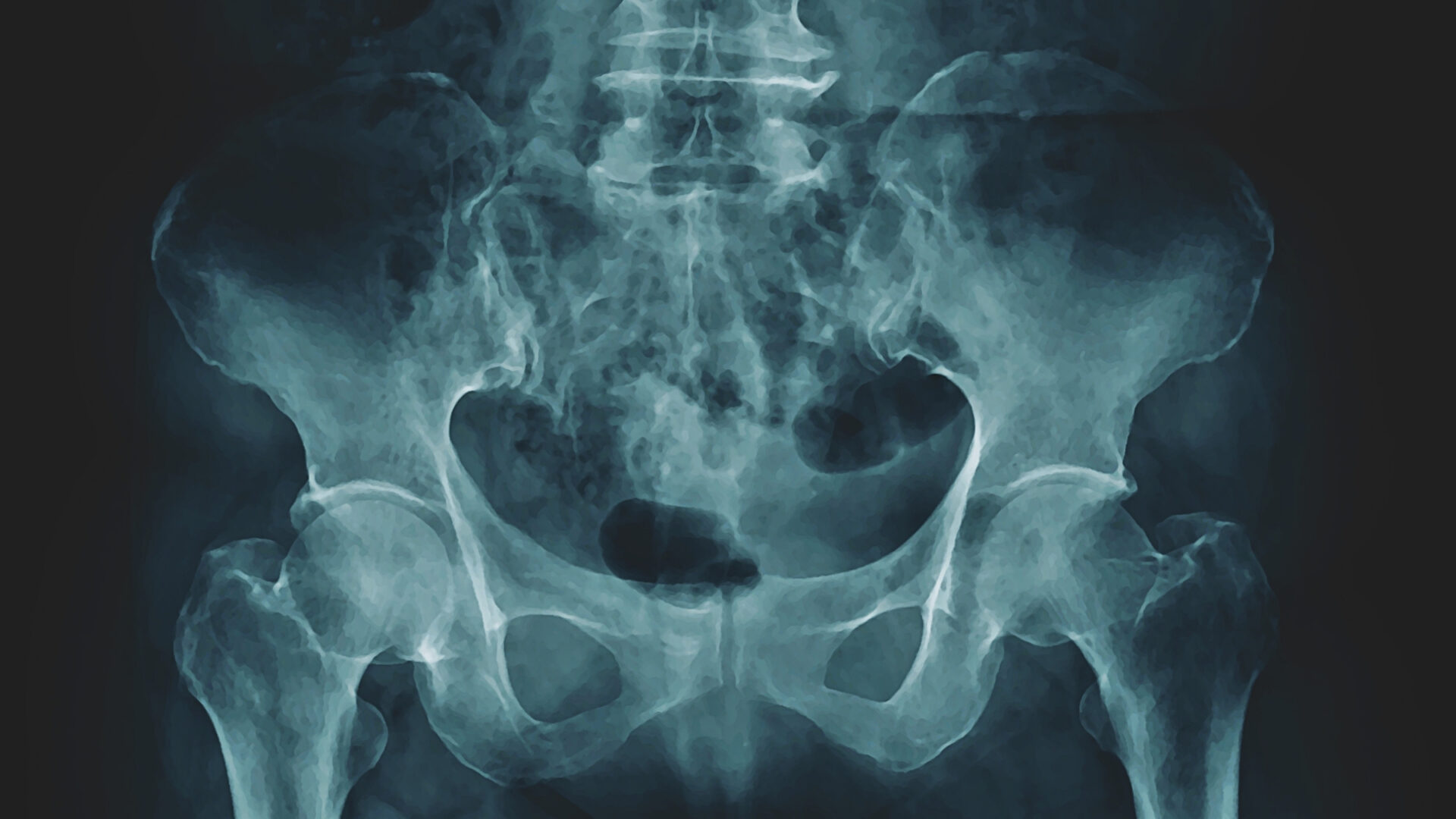
A 2023 study claims cycling can cause significant bone density loss in as little as a year. Is there more to the story?

A 2023 study claims cycling can cause significant bone density loss in as little as a year. Is there more to the story?
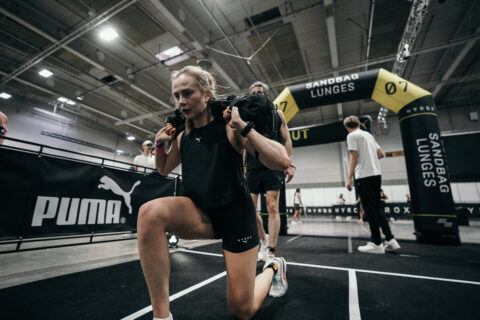
In this popular high-intensity fitness test, we explore the strength and endurance attributes that matter most, and how you can prepare for competition.
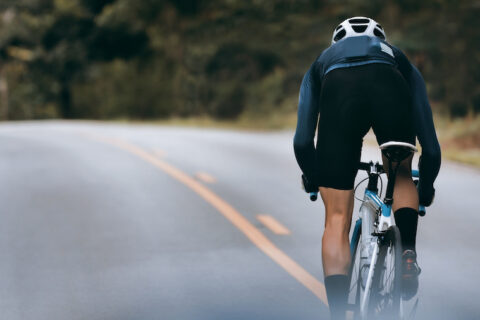
Doing more sprint work and cadence drills on your rides could lead to substantial performance gains.
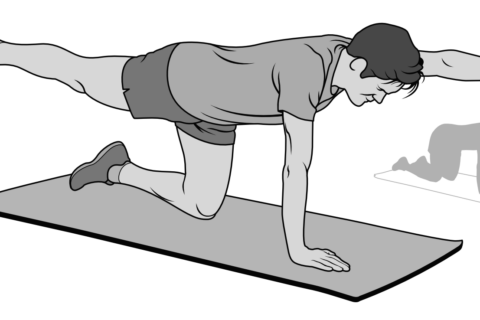
The importance of a strong core for athletic performance can’t be overstated. Trevor Connor details the various benefits of a strong core, and the disadvantages of a weak one.
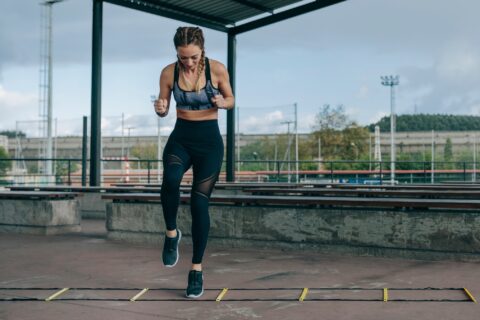
Understanding when and how to introduce HIIT can make all the difference in an athlete’s ability to absorb training and optimize performance.